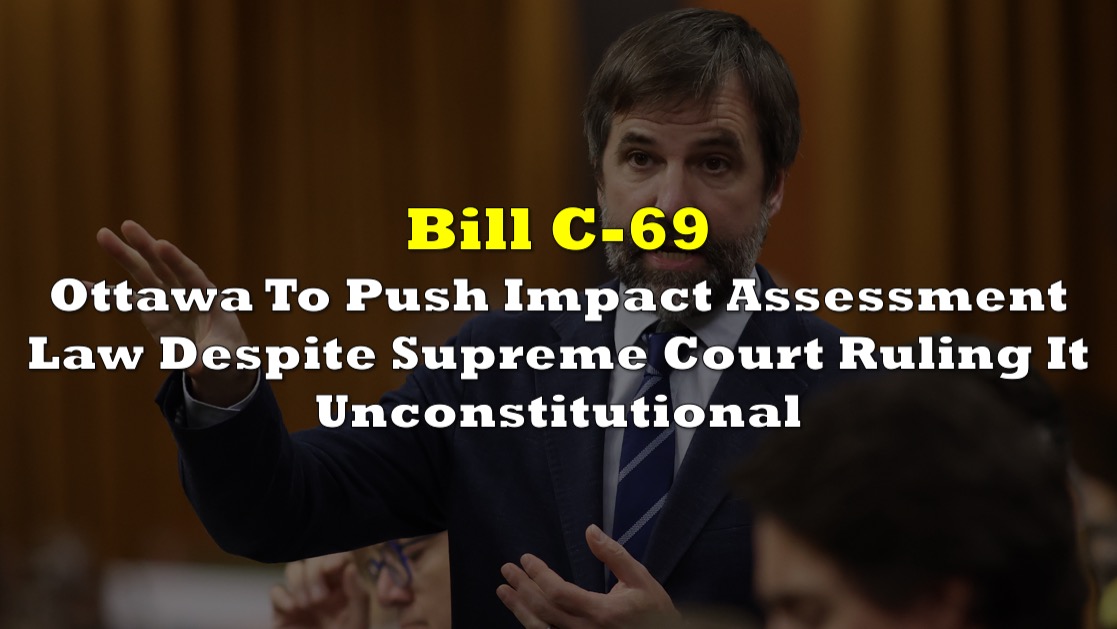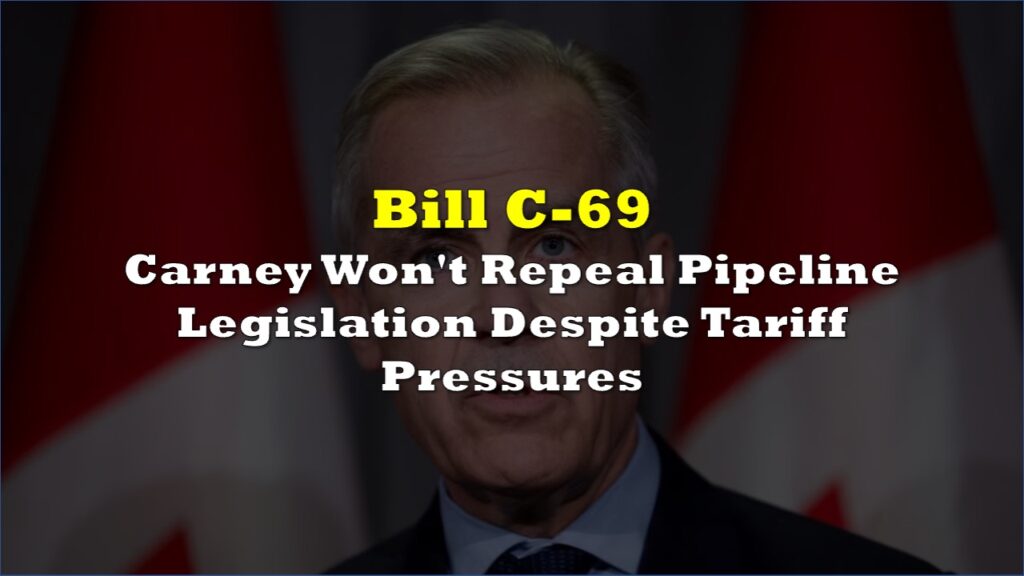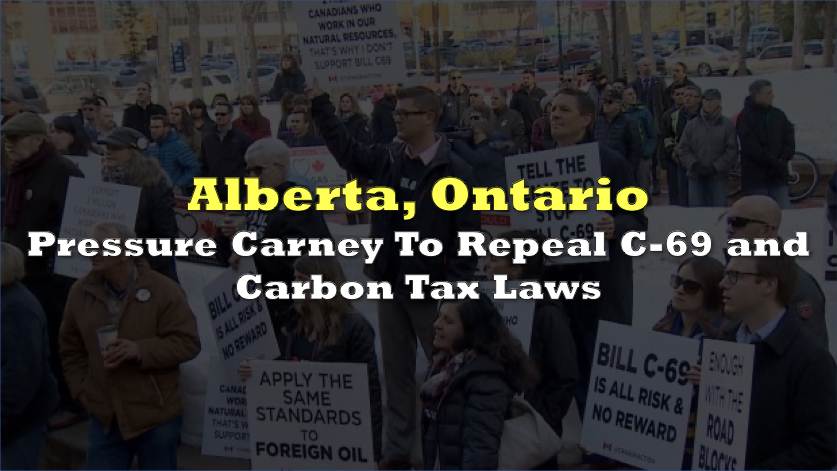Despite a recent Supreme Court of Canada decision that found Ottawa overstepped its constitutional bounds with the 2019 Impact Assessment Act, the federal government is forging ahead with its ambitious plans to combat greenhouse gas emissions. The controversial regulations, designed to cap emissions from the oil and gas sector and implement Clean Electricity Regulations, are reportedly undeterred by the court’s judgment.
Federal officials emphasized on Monday that they believe these regulations are well within the federal government’s jurisdiction and are unlikely to be significantly impacted by the court’s decision. Environment Minister Steven Guilbeault expressed confidence that the court’s opinion on the Impact Assessment Act does not cast doubt on their other regulatory initiatives.
“The opinion of the court does not call into question other regulatory initiatives under development, and we are confident that they are within the purview of the federal government,” Guilbeault said in a statement.
This steadfast stance could further escalate tensions with the Alberta government, which initiated the legal challenge against the Impact Assessment Act and is expected to contest the electricity regulations and emissions cap as well. Premier Danielle Smith has seized upon the court’s ruling to call for Ottawa to abandon its other climate plans, anticipating a similar fate for them.
Guilbeault’s assessment is founded on the premise that the forthcoming regulations for the oil and gas and electricity sectors rely on different federal powers, distinct from the Impact Assessment Act. Unlike the standalone legislation, these regulations are anticipated to be introduced through amendments to the existing Canadian Environmental Protection Act. Specifically addressing the electricity regulations, which aim to restrict the use of natural gas plants without carbon capture technology starting in 2035, Guilbeault pointed out that a similar phase-out of coal power had been successfully implemented through the same mechanism.
Nevertheless, the court’s ruling against the federal environmental assessment rules serves as a reminder of the unpredictable nature of how the court might treat other elements of the government’s efforts to regulate emissions, eroding Ottawa’s confidence, especially after the 2021 decision upholding its national carbon-pricing system.
This situation underscores the challenge Ottawa faces in crafting climate policy central to its commitment to reduce national emissions by at least 40% from 2005 levels by 2030 and reach net-zero emissions by 2050, while navigating complex constitutional territory with no clear precedent.
Complicating matters further are differing interpretations of the court’s ruling regarding the extent of Ottawa’s authority over greenhouse gas emissions and the narrowness of the leeway granted in its earlier carbon-pricing decision.
While some experts believe that the court’s decision should not hinder Ottawa from proceeding with its other climate laws as long as they stay within their constitutional powers, others argue that the ruling leaves an “open question” about how narrowly Ottawa’s authority to regulate emissions will be interpreted in future judgments.
To mitigate this uncertainty, Ottawa could consider adjusting its plans for implementing the oil and gas emissions cap, possibly by increasing carbon pricing for the sector. This option would align with the broader pricing system approved by the Supreme Court. However, the government appears to lean towards a separate cap-and-trade system for the sector, as with the Clean Electricity Regulations. This approach is under the Canadian Environmental Protection Act, and there is no indication of a change in course following the court’s decision.
One potential drawback of this approach, as noted by Andrew Leach, a professor at the University of Alberta, is the increased risk of the protection act being subjected to broader judicial review. Several federal governments have incorporated various environmental policies into the act, as its provisions are enforceable under federal jurisdiction. However, the Supreme Court has not reviewed the act in decades, making it possible for them to question more than just the newest amendments.
As Ottawa strives to avoid such outcomes, its immediate imperative is to craft new regulations with caution, avoiding the broad drafting that raised concerns about overstepping federal powers in the now-voided Impact Assessment Act.
As the dust settles, there are 23 projects currently undergoing federal impact assessment under the IAA, with eight receiving final decisions to proceed. The implications of this ruling will continue to shape Canada’s environmental assessment landscape for years to come.
Information for this story was found via The Globe And Mail and the sources mentioned. The author has no securities or affiliations related to the organizations discussed. Not a recommendation to buy or sell. Always do additional research and consult a professional before purchasing a security. The author holds no licenses.








